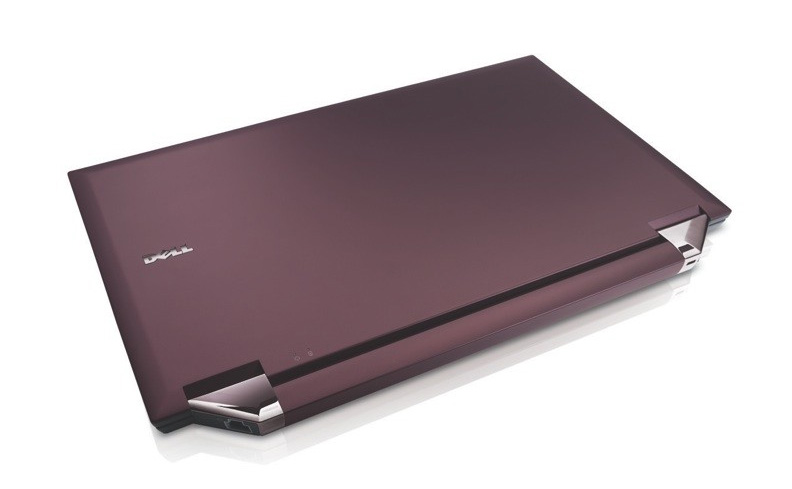
Rupert Murdoch’s News Corp released its financial numbers for its fourth fiscal quarter of 2009 (PDF), and the results weren’t great: the company reported profits down 8 percent in 2009 compared to 2008, and Murdoch characterized the year 2009 as “the most difficult in recent history.” And what’s News Corp’s plan to stop the hemorrhaging? The company plans to lock most of its news content behind so-called “paywalls” so that only paid subscribers may access its content.
The model follows News Corp’s system for the recently-acquired Wall Street Journal, which (aside from brief promotional periods) only lets the full content of premium articles—mostly financial and business news—be accessed by paid subscribers. The model is generally viewed as one of the most successful paywalls in the industry, due to the clout of the Wall Street Journal’s content and the creditability it carries with its readers. News Corp hopes to successfully extend the practice to a number of newspapers it owns throughout the world, potentially including The New York Post and the UK papers The Times and News of the World.
Murdoch also indicated News Corp plans to initiate aggressive procedures to protect its copyrighted content from unauthorized distribution. The move mirrors recent actions by the Associated Press, which has begun using software-based monitoring systems to detect when unauthorized versions of its copyrighted material appear on the Internet.
The move is risky: aside from the Wall Street Journal, paywalls have historically been unsuccessful, with outlets like Slate and even the New York Times failing to generate significant revenue by locking away their content only to paid subscribers. There’s no real indication everyday consumers are suddenly willing to pay for newspaper content they’re used to receiving for free via the Internet.
It’s also not clear whether Murdoch intends to block search engines like Google from indexing its content: currently, material behind the Wall Street Journal paywall is relatively accessible via search engines, and the WSJ permits the practice in order to generate traffic and (in theory) attract new subscribers.
Murdoch’s move comes as newspapers struggle to create new revenue streams and stay afloat in the Internet age. Many papers have attempted to make up deficits from declining subscriptions and print advertising revenue via online advertising, but so far the efforts have fallen short.


